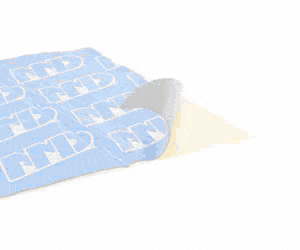
If you know the suspension wizards at QA1, then you’ll know the vast amount of knowledge the posses. Often referred to as the quintessential classic and modern muscle suspension suppliers, the folks at QA1 receive an endless amount of questions centering around suspension, and the proper way to choose components. For setting up your suspension right the first time, QA1 has dedicated that knowledge of travel, compression and rebound in the form of an easily accessible tech FAQ on its website.
In today’s segment, QA1 discusses the importance of choosing the right spring rate, and how vital it is to the operation of the suspension system. In short, a spring rate is the amount of pressure (or weight) that is necessary to compress a spring. “If the rate of the spring is linear, its rate is not affected by the load that is put on the spring,” QA1 told us.
An example of this can be explained with a 200 lb. per inch spring. The spring will compress up to 1-inch when a 200 lb. load is placed onto it. However, if another 200 lbs. Is applied to that same spring, it will compress another inch. In short, the load on the spring is now 400 lbs; though the rate of the spring, will remain constant at 200 lbs. per inch of compression.
Confused you yet? Don’t worry, you’re not the only one. We’ll let the experts take it from here (trust us, they’re a lot better at explaining this than we are). Head over to QA1’s website here, and check out its full in-depth tech guide for yourself.










